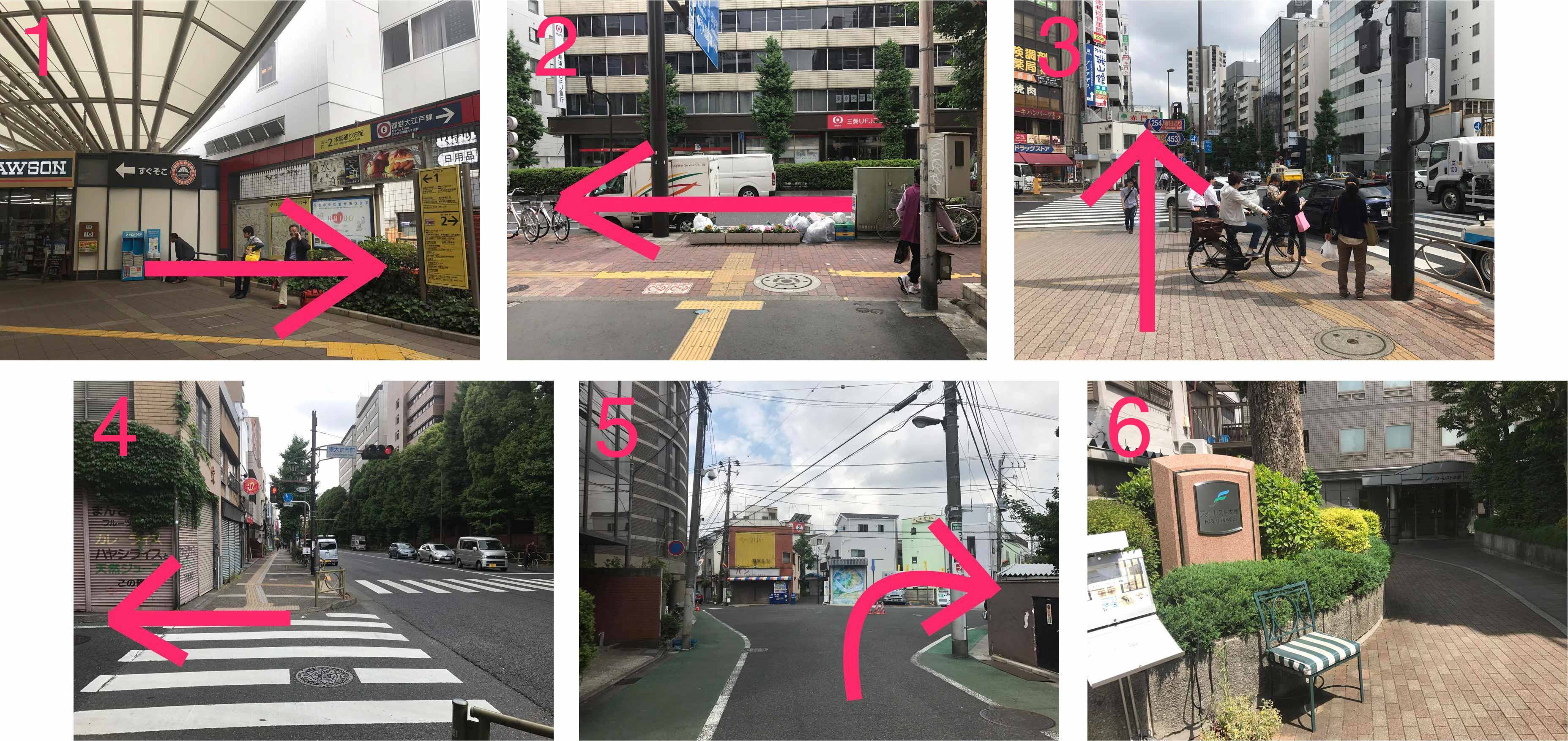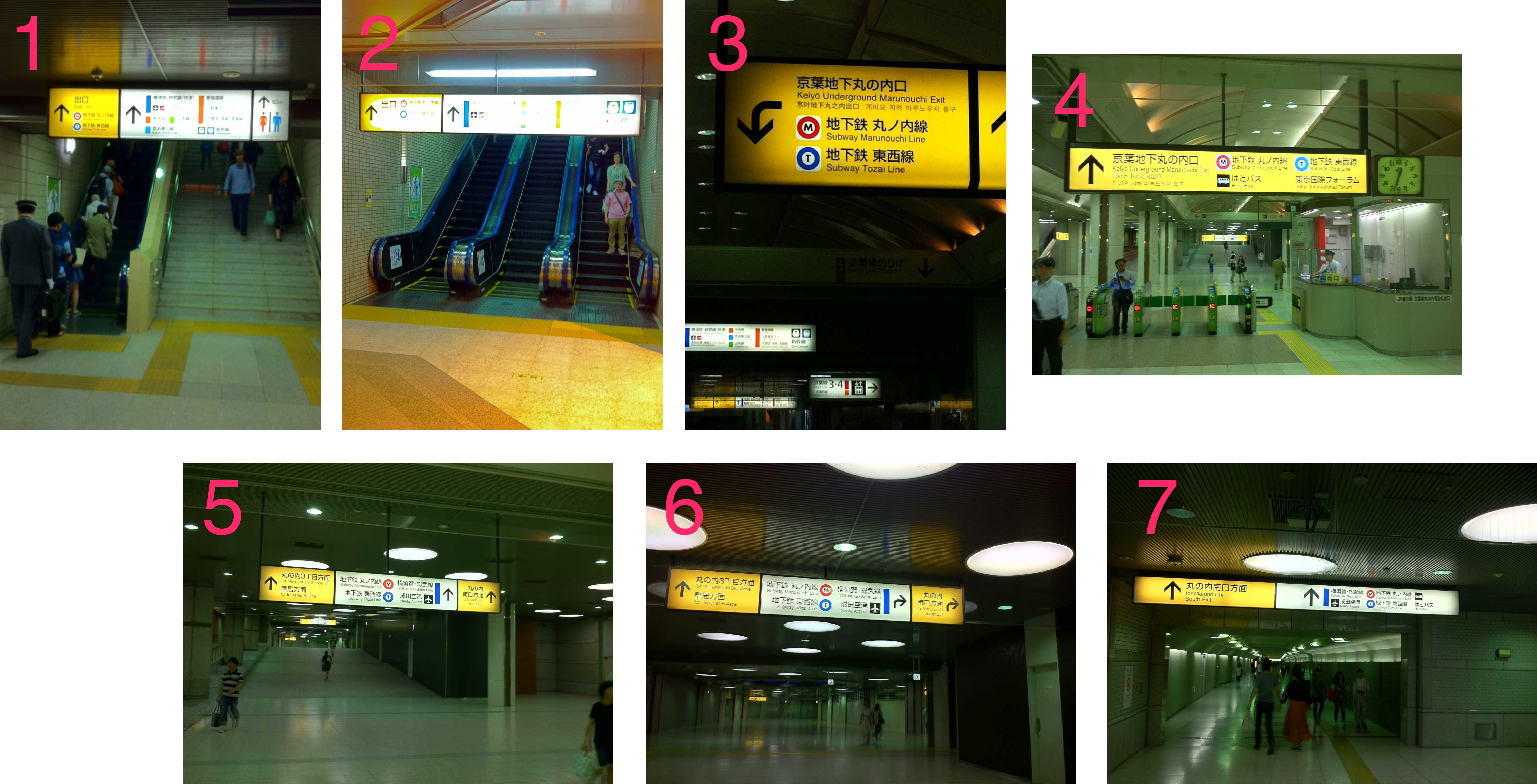
Geller-Fest Workshop on "Big Data in Geosciences: From Earthquake Swarms to Consequences of Slab Dynamics"
(To celebrate Bob Geller's retirement from the Univ. of Tokyo)
| Dates: | Thursday May 25 (evening)—Saturday May 27 (afternoon), 2017 |
| Place: | The University of Tokyo, Hongo campus, Tokyo, Japan |
In honor of Bob Geller's retirement from the University of Tokyo (March 31, 2017), we plan a small gathering (about 40-80 attendees) where people can talk to each other on a human scale, hear interesting talks, learn new stuff, and leave feeling inspired to do cool new research. This meeting will be eclectic.
The last few years have seen the impact of Big Data in science, technology, and society throughout the world. Geoscientists have been somewhat slow in adapting to this revolution, which involves the blossoming of a fourth paradigm involving harnessing the enormous amount of data collected by sensors of all sorts and numerical simulations in both forward and nonlinear inverse problems. We wish to evoke greater interest in this revolutionary movement by gathering at a workshop to be held at the University of Tokyo, Hongo campus on Friday May 26 and Saturday May 27, 2017, to be preceded by an icebreaker on the evening of Thursday May 25, at a site within the campus.
The two main topics will revolve around earthquake swarms and the multi-scale consequences of slab dynamics, which will include both short timescale events associated with earthquakes and landslides and slab dynamics over geological timescales ranging from millions to billions of years. Both forward modeling and inversion techniques will be emphasized, because they are part of the data analysis procedures. However, presentations on other topics related to Big Data in Geosciences will also be welcomed.
You can download the presentation schedule here.
Except for the session "about Bob" please plan on 15-16 min talks and 4-5 min of Q&A. Your cooperation in keeping the program on time will be appreciated.
The posters should be A0 size. Both landscape and portrait orientations are fine.
| Thursday May 25 | 19:00 Icebreaker (University of Tokyo, Hongo campus, Room 336, #1 Building of School of Science) | (map) |
| Friday May 26 | 09:30-17:30 (Presentations, with lunch break, Room 320, #3 Building of School of Science) | (map) |
| 18:00-20:00 Dinner (University of Tokyo, Hongo Campus, #2 Building of School of Engineering, in the room next to the "Matsumoto Ro" restaurant) | (map) | |
| Saturday May 27 | 09:30-15:30 (Presentations, with lunch break/poster session, Room 336 #1 Building of School of Science) | (map) |
First follow the above directions and go to the #1 Building Without entering the #1 Building go around it to the left and you will see a street going downhill to another gate, the "Yayoi Gate." Go out the Yayoi Gate, cross the street, and go to your right. Take the first left (a small street) and walk two blocks. Go up the driveway and turn to your right at the top and go into the building (#3 Building of the School of Science). The venue for the meeting on Friday is on the 3rd floor (room 320).
Leave the hotel, going to your left, and walk about 200m to Hongo Doori (Avenue). Walk to your right a short distance to the traffic light. When it turns green cross the street and enter the big gate (called "Sei Mon") to the university. Continue walking straight until you come to a round building (the famous Yasuda auditorium). The #1 Building of the School of Science is immediately behind Yasuda Auditorium. Go around the Yasyda auditorium to the left or right and walk down some steps and you're at the #1 Building of the School of Science. Take any elevator to the 3rd floor and go to room 336 (find it on a building map first on the 3rd floor). This is where (1) the icebreaker party from 19:00-21:00 on Thursday night.and (2) the meeting on Saturday will be held.
In case you cannot find your way to the icebreaker, contact us at the address bigdataingeoscience2017@googlegroups.com.
Take the JR Keiyo Line Train to Tokyo (the final stop). Get off at Tokyo and go the escalator and go out the underground ticket gate on the "Marunouchi" side. Walk up a slight incline and one your right there will be a passageway to the Marunochi Line (Tokyo Metro). Walk about 300-400 m to the Marunouchi subway line Tokyo station, and get on. Then take the train to Hongo-san-chome station following the directions for people arriving from Haneda airport.
These are for getting to the maronouchi line from the Keiyo line:1,2 when you get off the Keiyo line at Tokyo (the last stop), go up two banks of escalators. Depending on which escalator you use you might have to make a u-turn to head for the ticket gate nearest the passage that leads to the Tokyo Metro Marunouchi line (3). Go out the ticket gate (4) swiping your fare card (suika or passmo) and (5) go up a slope. When you get to the top of the slope (6) you'll see a sign for a passage to your right. Enter that passage (7) and walk about 600 m (at one point going up some stairs) and you'll come to the ticket gate for the marunouchi line.
Summary: follow the red circles with a red M in the middle and you'll be ok

When you land at Haneda (or before you leave the US) get at least 10,000 yen in Japanese money). You'll need some more to pay the registration fee for the meeting in yen in cash. You can probably pick up the cash at an ATM here, If not, please make sure you have enough cash in US Dollars or Japanese yen. Buy a railway smart card for 2000 yen or so. If you buy it at Haneda from the Tokyo Monorail company you can return it to them when you arrive at the airport on the 28th. http://www.jreast.co.jp/e/pass/suica.html The private railways and Tokyo subway have a separate prepaid smart card (Passmo) but they're all accepted by the other major companies not only in the Tokyo area but also nationally and also by the bigger bus companies. Then get on the Tokyo Monorail (swipe you brand new Suica card on the reader of the ticket machine to get access to the platform) and go to the final stop (Hamamatsucho). CAUTION: Make sure you get onto the right platform. The other platform (away from Tokyo) goes to the Haneda domestic air terminals. Get off at Hamamatsu and follow the signs to transfer to the JR Rail line. You'll first go out the monorail gate (swiping your card) and then after going a short distance (including a small escalator ride) you'll go into the JR (swiping your Suica card again). There are two platforms: one (the one you want) for trains going to Tokyo station, Ueno, and beyond. and the other (which you don't want) for trains going to Shinagawa and beyond. Once you're on the correct platform get on the first train that comes (the two lines are parallel for your leg. Go three stops (Shinbashi, Yurakucho, Tokyo) and get off at Tokyo. (If the first stop is Tamachi you screwed up and are going in the wrong direction. Cross to the other platform and go to Tokyo station.) When you get off at Tokyo station first go down from the platform to the ground floor. Then (before leaving the ticket gate) go down the escalator to the basement floor where you should see signs for the Tokyo Metro (subway) "Marunouchi line." You'll go out the JR ticket gate (swiping your Suica card again) and soon will reach (about 200 m) the gate for the Tokyo Metro "Marunouchi line." Swipe your card again and go down to the platform. There are two tracks on opposite sides of the platform going in opposite directions. You will board the train in the direction of Ikebukuro and hopefully will not board the train going in the opposite direction (for Shinjuku). The stops are Ohtemachi, Awajicho, Ochanomizu, Hongo-sanchome. Get off at Hongo-sanchome and walk on the street (Hongo dori) on the opposite side of the street from the university You'll walk about 500-600m and there will be a small street on the left where you turn, walk about 200m, and the hotel is right there.
Directions from Hongo-sanchome station to Forest Hongo:

From Narita take the Keisei Skyliner train to the terminal (Keisei Ueno) and then catch a cab to the hotel (see the hotel's home page). http://www.forest-hongo.com/en/location/index.html There are variations (the ordinary express train is 1000 yen rather than 2400 yen but doesn't have reserved seats, etc) and takes about 1hr rather than 45 min. And you can walk to the hotel in about 20 min from Keisei Ueno (but the route is a bit tricky if you're not familiar with it). So we recommend the Skyliner and cab.
Where to get a Taxi when you arrive at Keisei Ueno station:

Please take me to the Forest Hongo Hotel (〒113-0033 Tokyo, Bunkyo, 本郷6丁目16−4)
フォーレスト本郷(〒113-0033 東京都文京区本郷6丁目16-4)までお願いします。
I'm looking for the Forest Hongo Hotel (〒113-0033 Tokyo, Bunkyo, 本郷6丁目16−4). Can you please direct me there.
フォーレスト本郷(〒113-0033 東京都文京区本郷6丁目16-4)を探しています。行き方を教えていただけないでしょうか。
The cost is JPY20,000 for all attendees. Please pay in cash in Japanese currency directly at the venue. This includes icebreaker, dinner party, box lunches, and soft drinks. (In the previous circular we said 15,000 Yen for one day and 25,000 Yen for two days; we hope this change will be OK with everyone. Thanks for your kind understanding.)
Informal
English
The long term forecast as of May 21 calls for highs of 25-26C and lows of 15-16C, with 0% chance of rain. (Maybe you should bring a folding umbrella just in case.)
You can access the internet from the meeting if you can use eduroam. if you can't use eduroam perhaps you can use the new guest network (http://jimubu.adm.s.u-tokyo.ac.jp/public/index.php/Wi-Fi_connection_service).
We plan to have Robert Geller, Gabriele Morra, David Yuen and Kenji Kawai as the guest editors for a special volume. Contributions from non-attendees related to the meeting theme will be welcomed. We are now negotiating with publishers. Our proposed schedule for producing the special volume is as follows.
| Deadline for of submission of papers: | January 25, 2018 |
| All reviews to be finished: | by June, 2018 |
| Submission of the final manuscripts: | by mid-October, 2018 |
| Final date of Publication: | end of 2018 or January, 2019 |
David A. Yuen (daveyuen(AT)gmail.com)
Kenji Kawai (kenji(AT)eps.s.u-tokyo.ac.jp)
(bigdataingeoscience2017(AT)googlegroups.com)
Kenji Kawai
Anselme Borgeaud
Yuki Suzuki
Lina Yamaya